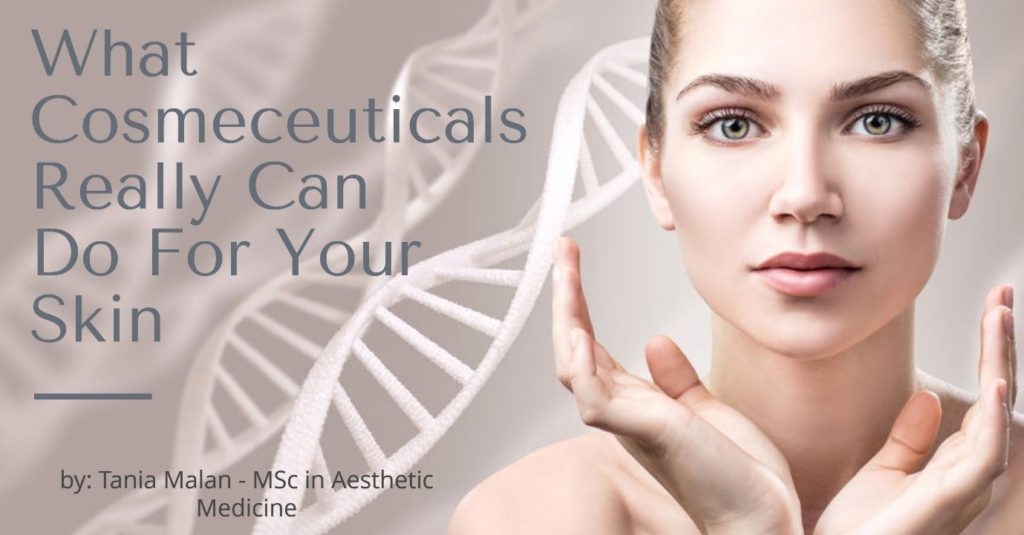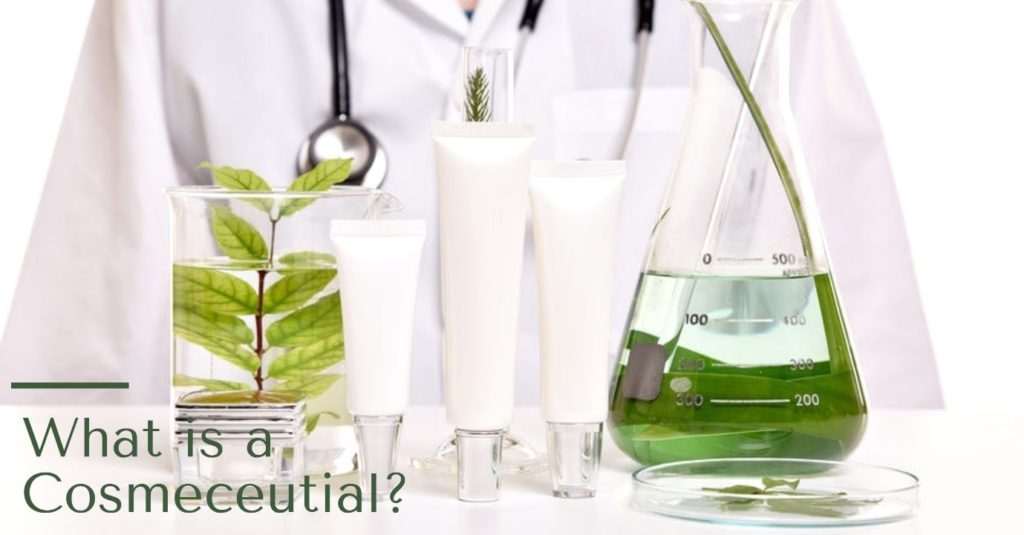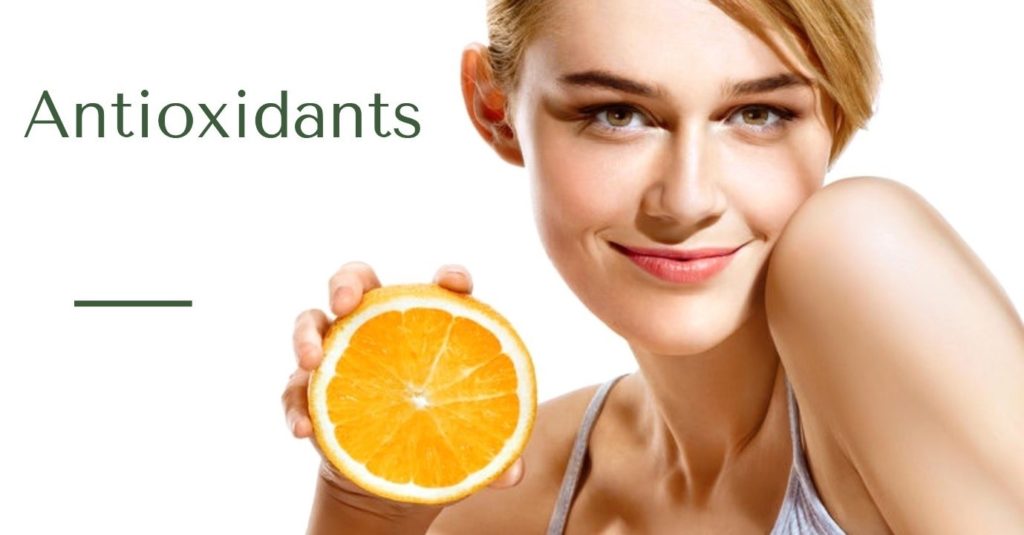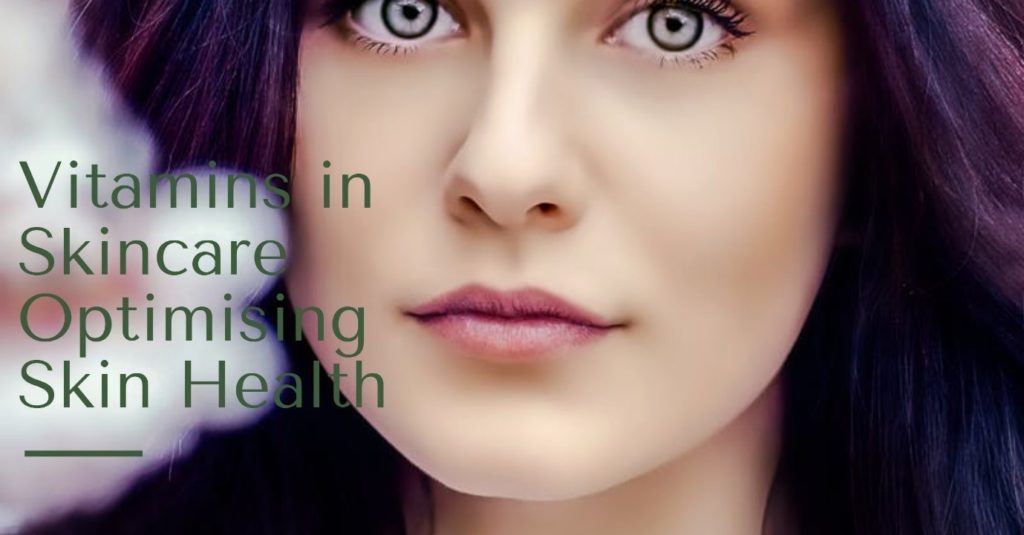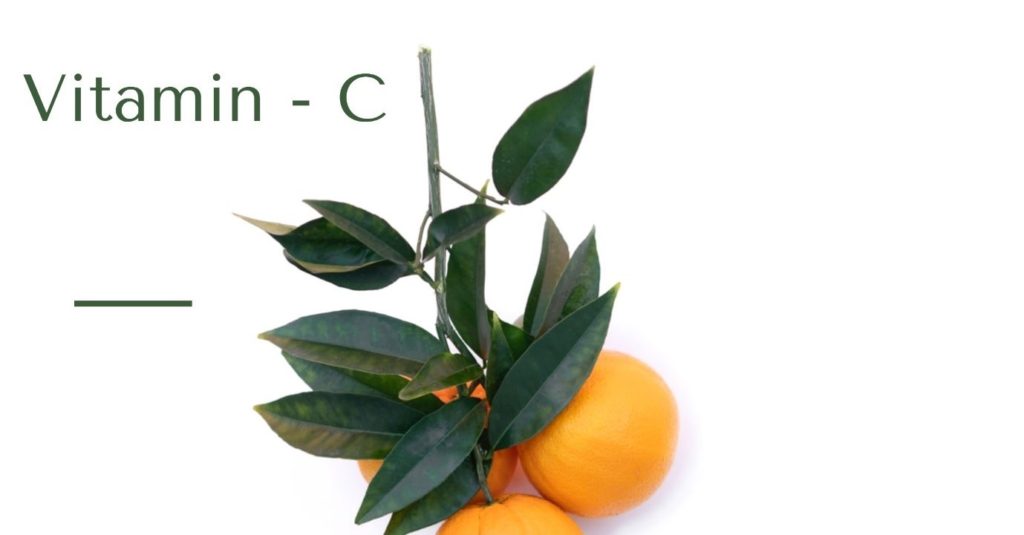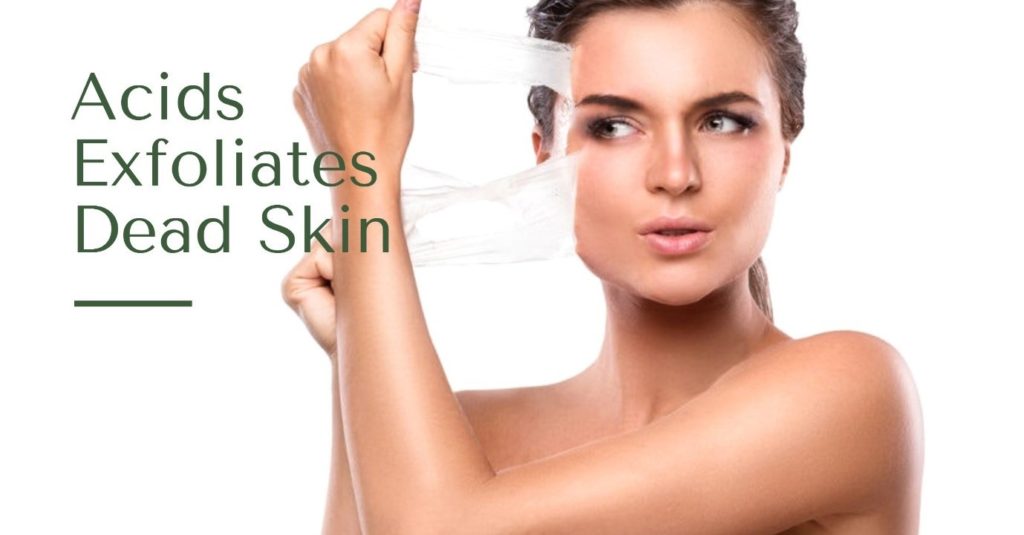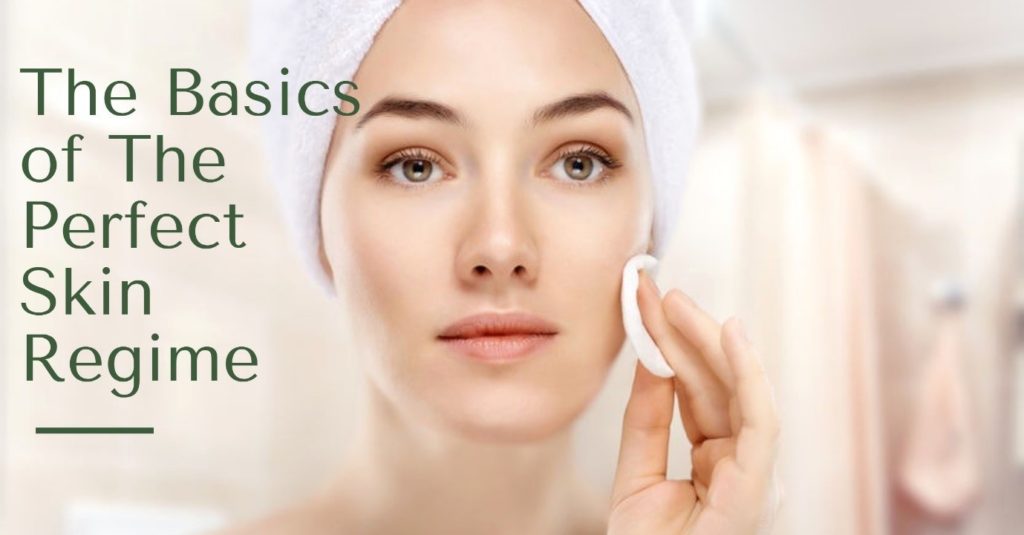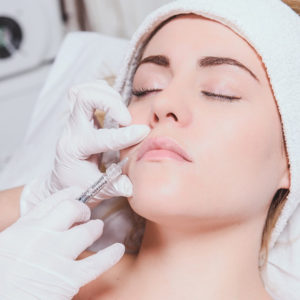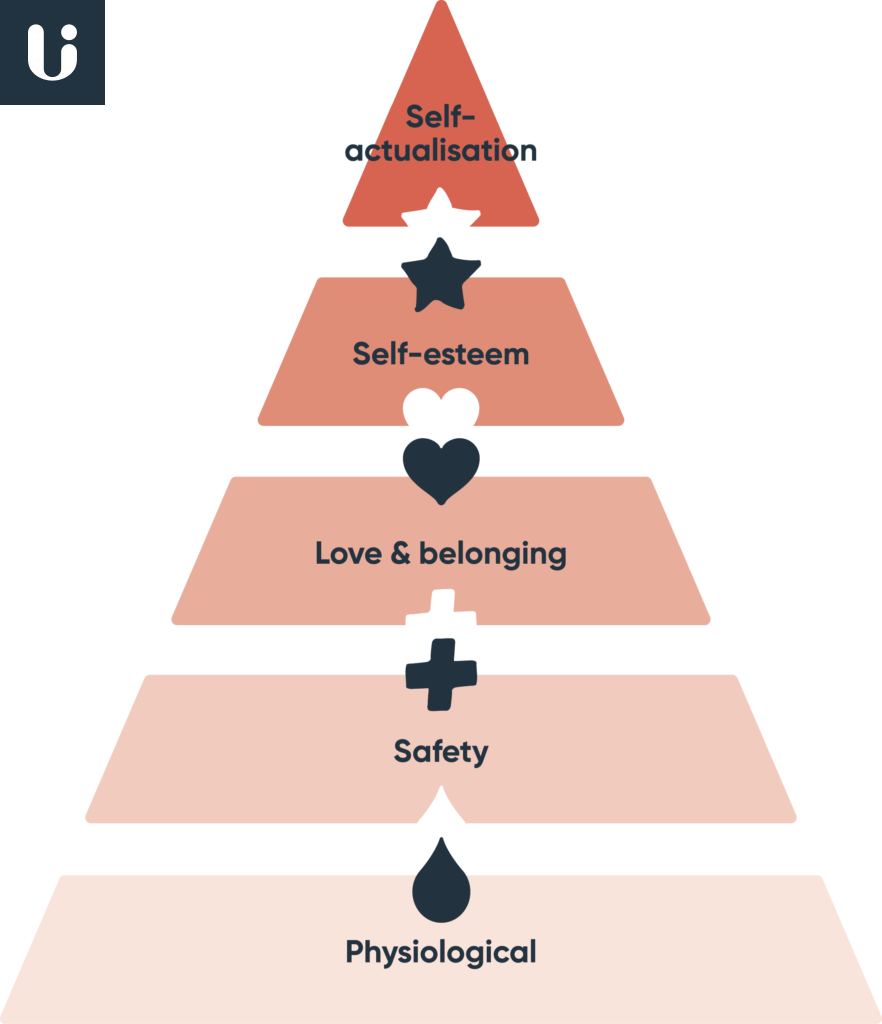How do you decide what is the best treatment for your skin? Who taught you and why did you make that decision? Initially, I just put anything on my skin and only when it felt dry. I was always praised by everybody I know (family and friends) that my freckles are so cute. Little did I know that it was actually sun damage and that UVA destroys collagen. I am a South African and my favourite activities are diving, sunbathing, off roading and having a braai (that is the South African term for BBQ). All of these activities expose me to the sun which I very much love so by the way. I always feel better with a tan (the all-important Vitamin D) which is sadly lacking in our lives these days. Any case, I digress. Back to products for skin. I will use anything apart from Vaseline on my skin (hate feeling sticky and occlusive) and later when I had more money, I thought Clarins was amazing. The displays looked fabulous and the range felt and smelled great and I always got some stunning freebees. So, I chose my products based on expense the more expensive the better the results, right? Absolutely not. Secondly, I also chose products based on their smell, texture and presentation. None of those gave me glowing skin by the way but I didn’t know any better.
So, when I started on my aesthetic route and became a practitioner, I realised that my peers all had truly beautiful skin. I naively thought it was all the filler and Botox but as time passed and I developed mastery in this field I realised that their glowing, radiant and flawless skin are due to cosmeceuticals and skin peels. Deep in my forties and already starting to age, exacerbated by lifestyle I had some doubts. I didn’t believe that cosmeceuticals could really work but decided that I had nothing to lose and besides I am now running a reputable aesthetic business which is all about skin. I wanted skin like my peers and the best for my patients, so I embarked on the cosmeceutical journey of discovery.
What is a Cosmeceutical?
Cosmeceutical is a cosmetic invention that also acts as a medication. They are developed to modify skin structure and function and have to be prescribed. A large variety of cosmeceutical formulations exist to achieve innumerable functions such as: modify skin thickness, change pH to improve skin penetration and texture or have encapsulations which are absorbed into skin to repair damage. The main aim of cosmeceuticals is to avoid or repair skin damage and reverse ageing.
It is a daunting task for any individual to decide on what skin regime to follow and how it can be trusted plus the financial implications. Did you know that your skin is the biggest organ of your body and covers 22 square feet or 8 pounds of your total body? Now think of all the things that happens to the skin. The skin is exposed to chemicals, toxins, ultraviolet radiation, the elements from the outside. From within the skin is subjected to hormonal, metabolic and cellular metabolism including hormones. All of these contributes to ageing of the skin as already discussed in previous blog of free radicals and your skin.
An important consideration is that the outer layer of your skin is dead. Its main function is to do nothing but protects the skin against water loss and a physical barrier against the outside world. The inside of the cells is exposed to oxidative stress and free radicals which exacerbate ageing. So, your main aim is to create a glowing healthy skin that is renewing regularly, thickening of the skin (thin skin creates lines and wrinkles) and protect it against UV damage whilst repairing DNA and keep hydrated. The way you do it is through the help of antioxidants. A well-designed skin regime can yield results that are parallel to invasive procedures such as lasers, filler injections and surgery.
Vitamin A
Vitamin A (retinoids, retinoic acid, retinol, tretinoin) is the work horse and should be present in every skin regime for the following reasons. Vitamin A triggers receptors that regulates production and differentiation of cell types including the skin cells. These Vitamin A triggers promotes cell growth, collagen and elastin production. It stops MMP (metalloproteinase) an enzyme that breaks down collagen. So basically, Vitamin A produces collagen and stops it being broken down. It controls sebum production which helps with acne and oily skin. It upregulates extracellular matrix (collagen, elastin and glycosaminoglycans) which means it turns it over faster which result in skin renewal and thickening and minimising fine lines and wrinkles. It enhances repair against UV radiation damaged skin but also blocks the skin against degradation from the sun. Therefore, it diminishes skin pigmentation, photo damage (old age spots and freckles) and mottling.
Vitamin B3 – (Niacin, niacinamide, nicotini acid) is an essential vitamin that participates in many reactions that influence the skin processes and is a potent antioxidant. Remember an antioxidant pours electrons back into cells to prevent the cells becoming unstable and cause harm. It can penetrate the skin easily and enhances the stratum corneum (outside skin barrier) by thickening it. It regulates cellular metabolism and regeneration. It improves skin colour and reduces water loss. Remember if water loss the skin becomes dry and loose. Therefore, it reduces fine lines and wrinkles and helps in antiaging. It reduces red blotchiness and sallow skin, therefore improving skin colour. Furthermore, it improves skin elasticity and maintain humidity. Therefore, acts as a humectant which means the skin does not need a moisturiser as the fluid the skin generates remain within the skin and isn’t lost. It also protects the skin against UV radiation.
Vitamin B5
Vitamin B5 – panthenol is a water-soluble coenzyme with is critical for cellular metabolism and lipids. Lipids are extremely important as they provide a source of energy to the cells and surrounds the membrane of every cell. It is the basic building block from which several hormones are made. B5 is responsible for production of these lipids of the stratum corneum (outside skin) and improves the barrier function of the skin. It promotes fibroblasts growth. Fibroblasts protects the body against invasion and have numerous growth factors. It is also a moisturising agent.
Vitamin C is probably my most favourite antioxidant for so many reasons. It always looks so happy and delicious or maybe I just love the colour and smell of oranges. I also love what it does for the body and fulfils numerous functions. Vitamin C is a master and dominant antioxidant which scavenges those free radicals created by UV exposure. So, it actively protects your cells against DNA damage. It does this by inhibiting those free radicals to steal electrons from the lipid membranes. Remember the lipid membranes protects the outside of your skin and creates a barrier for your skin. If it didn’t do this these lipid cells can die. It prevents production of melanin those brown spots and freckles so therefore reduces pigmentation. It promotes collagen production and supports wound healing. It also regenerates Vitamin E which is important for smoothing skin. Vitamin C can also penetrate the skin very well and produces collagen resulting in an anti-ageing effect.
Acids are incredibly misunderstood and maybe it is the negative connotation to the word acid and destruction. However, an acid is the most amazing tool in your skincare toolbox as it removes or exfoliates dead skin. Remember the dead dull skin that sits on your outside and just clogs together with your moisturiser? Well acids are used to remove this outside layer but do so much more. Various acids exist and all of them are valuable. You get salicylic acid and does not penetrate too deep into the skin. It has anti-inflammatory properties and works well in acne. It exfoliates dead skin, protects against UVB radiation and photoaging. It improves fine lines and wrinkles and enhances the penetration of other skin care products. Alpha hydroxy acids penetrate deeper into the skin therefore exfoliates the skin at a deeper level as well as enhances cell turnover. So, your skin not only sheds but moves up in its layers producing newer skin and faster turnover. It detaches the old skin which smooths out and rids you of old thickened skin, creating a smoother texture. It provides a smoother, even younger looking skin with reduced to no pigmentation.
The perfect skin care regime should consist out of antioxidants that restore, repair, maintain and even skin tone and colour. It requires keratolytics (alphahydroxy acids) that removes dead skin cells and accelerates skin turnover at a deep and superficial level. The result is smooth even looking skin improved with tretinoin that restores collagen and protects against sun damage. The final treatment should always be a sunblock to prevent harm in the first place and reduce those free radicals. My skin regime of choice is Obagi and that will never change. I have had some spectacular results for my clients and myself.

